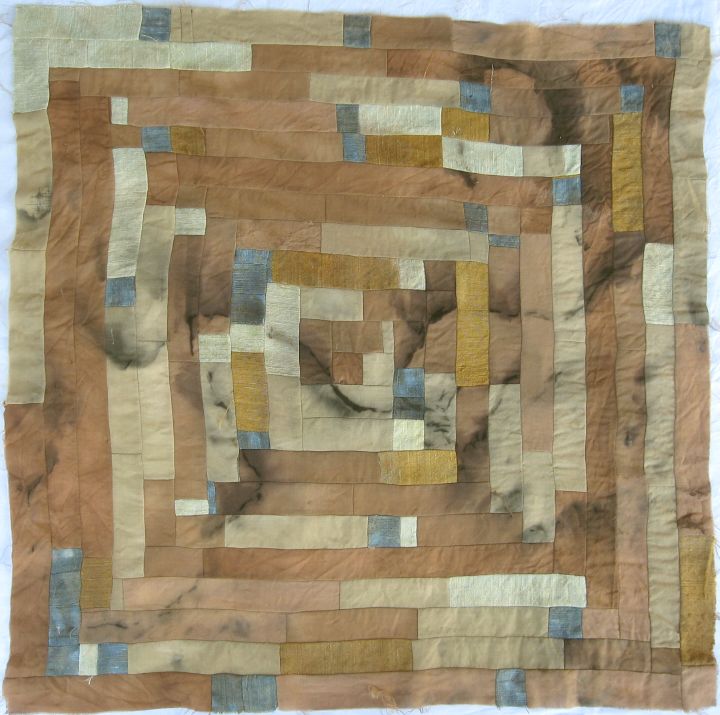I had intended, months ago, to write about the process of making the Beverley map, to summarise my residency experience and then show the work in Perth as a conclusion to the experience.
I stalled.
After a long hibernation I have become aware of how my intense experience as artist-in-residence was just the start of what will be an evolving project. I took to Beverley questions about what and how to observe in a new environment, and how to use art-making to explore those questions. In my previous post I describe collecting information by walking, photographing, collecting and drawing. That research focus changed when my hosts invited me to show my work on the last weekend. I switched from gathering information, ideas and samples for future works, to producing work (or work-in-progress) to hang in the gallery. I also wanted to be part of the established tradition of donating a work I’d made there for the gallery’s collection. With one week of the stay remaining I took the samples I’d dyed from local plants,

and, perhaps influenced by the gliders circling overhead, decided to take an aerial perspective and piece a fabric map of the town site.

Sensations that arose while making the pieced map extended beyond cutting and stitching the fabric to my experience of the physicality of moving across the land. I felt the rounded curves of the rolling hills as I shaped the pieces to curve into each other.

Faint odour of plant-dyed fabric recalled walks under gum trees, bark crunching underfoot.
I joined the pieces with vertical black stitches so that the seams stood up like fence lines. The last stitches went in on the final morning. In the gallery I noticed that the Beverley locals who looked at my work saw their familiar town with fresh eyes.

Back in Perth, I felt unable to call the Beverley map ‘finished’. There was more to it than representing a town map in dyed fabric. In Ground Truthing Paul Carter writes about what a map reveals and conceals, how language, memory and being on-the-ground both enrich and contradict the impression from the air. Being on the ground to collect sensations and materials gave me a means of responding to the particularities of Beverley (physical, historic, cultural) through the process of making. Studying the plan of Beverley and remaking it into a pieced map made clear how the layout of streets and railway had been decided in response to the river Avon. And as the Avon flows into the Swan so the thread of the river leads to Perth where the streets, boundaries and buildings of the city are oriented and shaped by its position on the Swan. Making the Beverley map was not a culmination but a plan for thinking about the city of Perth, and beyond, for a mud map of how to approach any place I choose to observe and remake.













